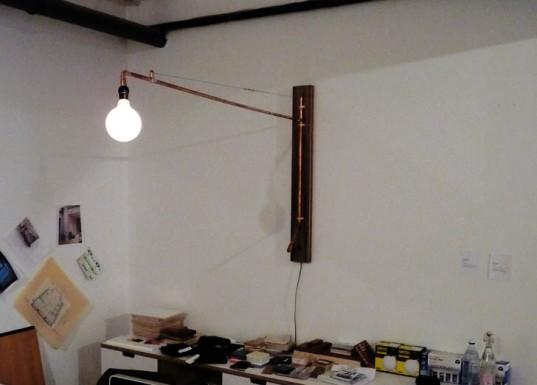If you were to do either of those things you would not be using it in accordance with the supplier's instructions, so you would be taking responsibility for it being safe. It is clearly intended to be hung from a ceiling, i.e. out of reach under normal circumstances, and the connection terminals protected by the ceiling fitting.
The main point though is that if you were to damage the insulation by feeding that flex through a metal tube, that metal tube could become live at 240 V - perhaps not straight away but some time later. If someone wer to touch it they could receive a fatal electric shock. If the metal tube was connected to your CPC, any insulation failure between the flex and the metal tube (and thence to earth) would cause the protective device in your consumer unit to operate.
The main point though is that if you were to damage the insulation by feeding that flex through a metal tube, that metal tube could become live at 240 V - perhaps not straight away but some time later. If someone wer to touch it they could receive a fatal electric shock. If the metal tube was connected to your CPC, any insulation failure between the flex and the metal tube (and thence to earth) would cause the protective device in your consumer unit to operate.


